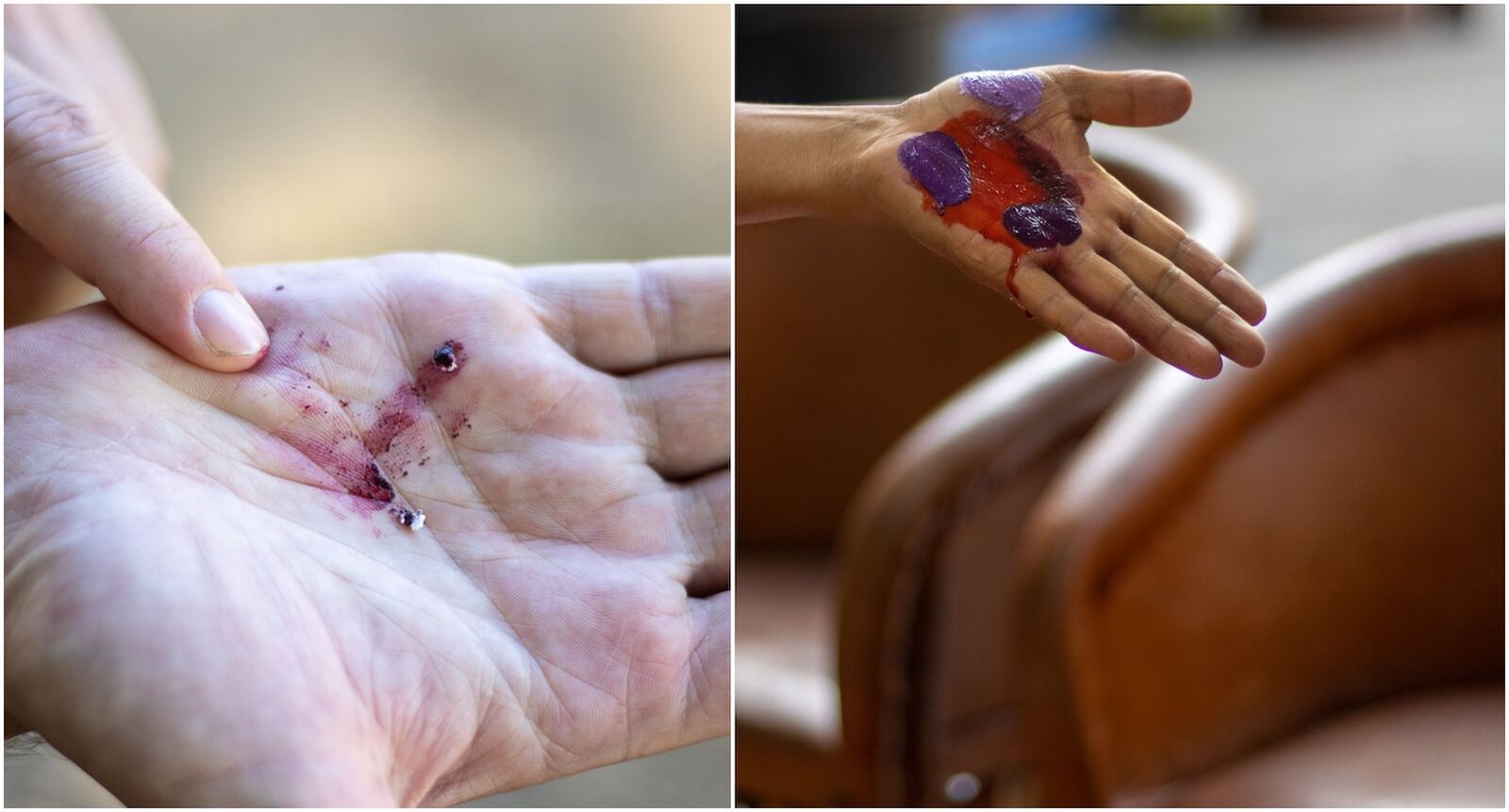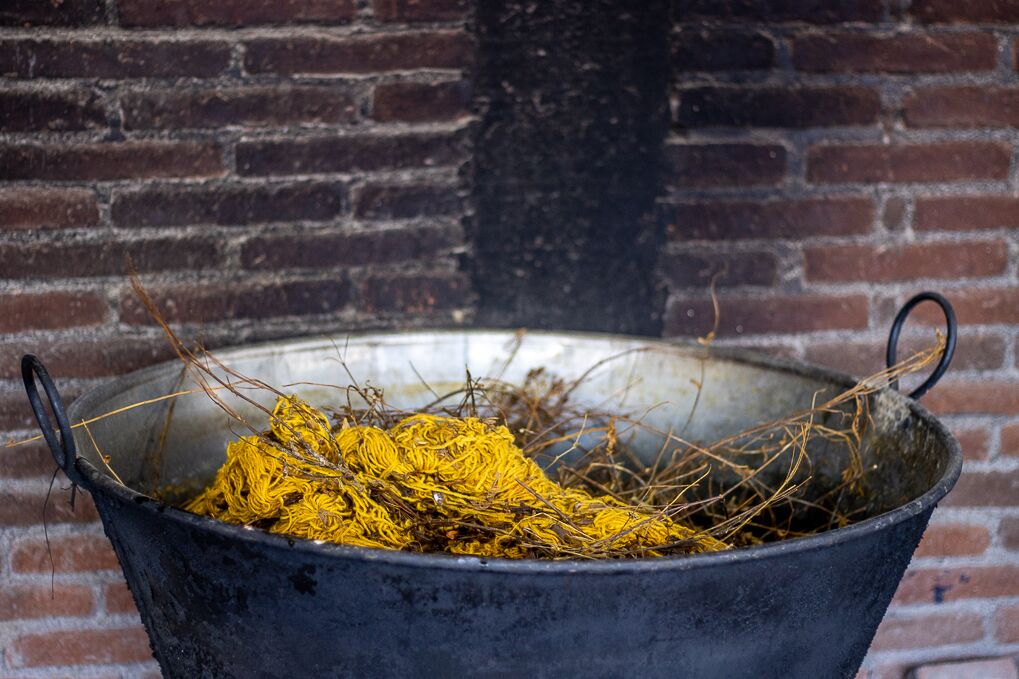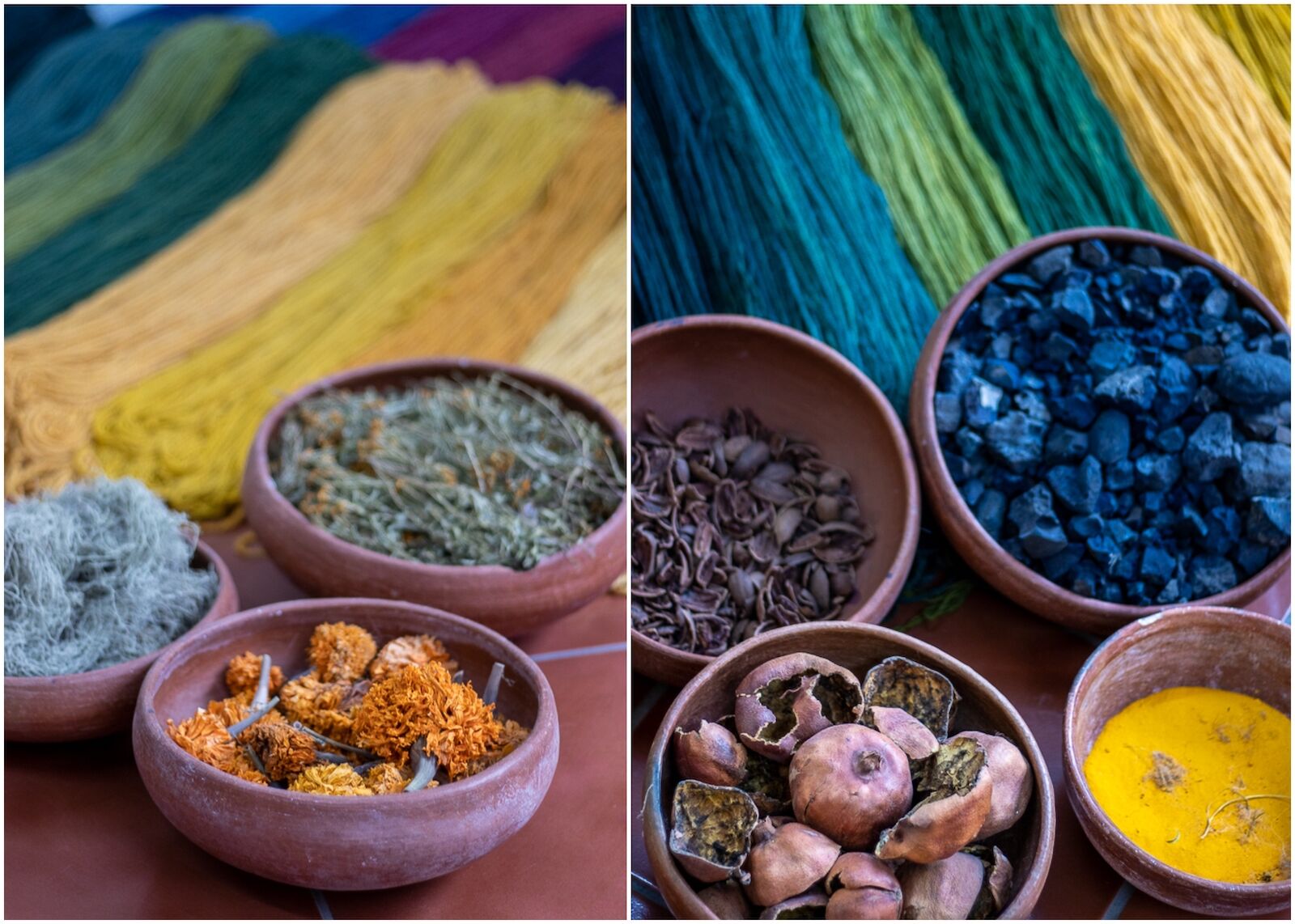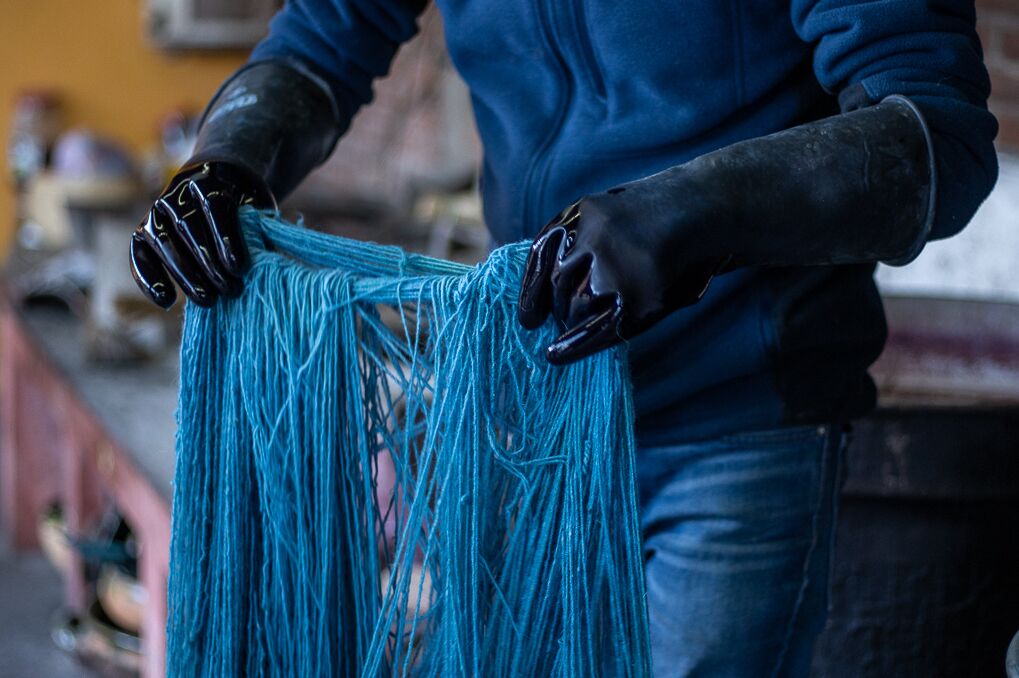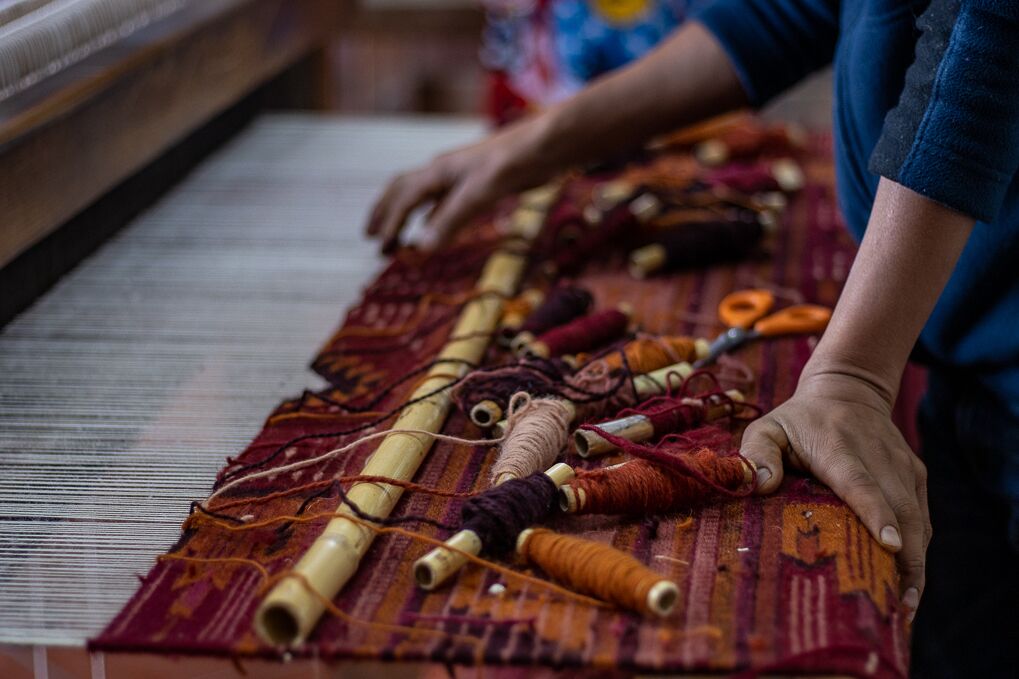Finding the perfect traditional souvenir to bring back from Mexico isn’t a difficult exercise — there is a multitude of culturally rich crafts to choose from throughout the country. When visiting the state of Oaxaca, however, there is one type of memento that travelers should consider over everything else: Zapotec weavings.
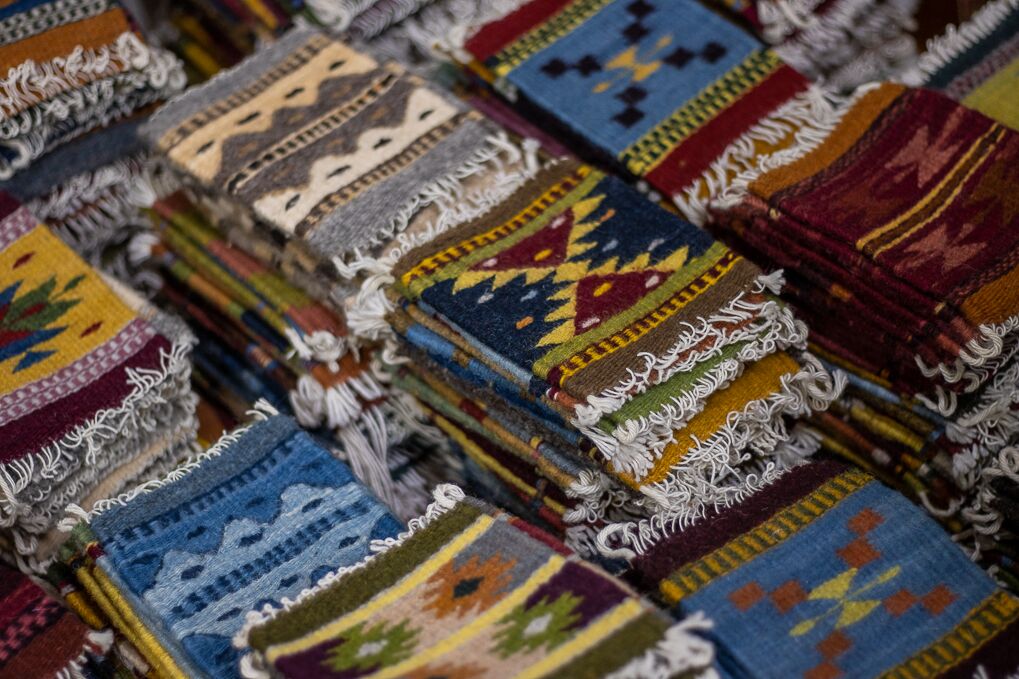
Photo: Samantha Demangate
The Zapotecs are an indigenous people of Mexico, who live in the eastern and southern parts of the state of Oaxaca. The Zapotecs are famous for their beautiful hand-woven rugs. Zapotec weavings can be purchased throughout Mexico, but Teotitlán de Valle in Oaxaca is where you’ll be able to fully immerse yourself in the traditional craft. Here you can visit individual studios and see the Zapotec weaving process up close.


